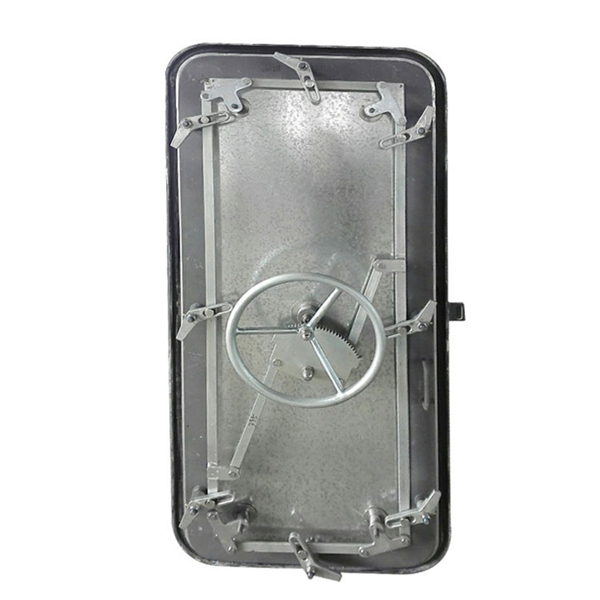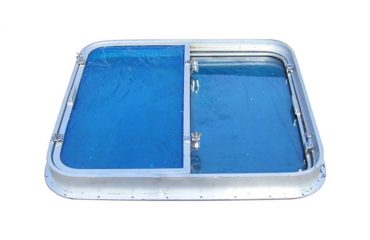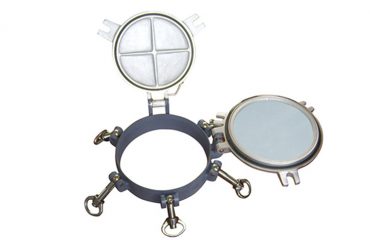
Across the world’s oceans, ship doors do more than divide spaces—they adapt to unique maritime challenges, support specialized tasks, and enhance the overall reliability of vessels, from small fishing boats to large container ships. Their tailored designs and functional flexibility make them a quiet yet essential part of keeping maritime operations running smoothly.
A key strength of modern ship doors lies in their customizability for specialized ship areas. For refrigerated cargo holds, doors are engineered with thick, insulated cores that lock in cold air, preserving perishable goods like fruits, meats, or pharmaceuticals during long voyages. These doors also feature airtight gaskets that prevent temperature leaks, ensuring cargo stays fresh from port to port. For oil tankers or chemical carriers, meanwhile, doors are built with corrosion-resistant materials and leak-proof seals to contain hazardous liquids. This specialized design minimizes risk and ensures compliance with strict maritime safety standards, protecting both the crew and the ocean environment.
Ship doors also excel in withstanding extreme maritime conditions. For vessels navigating polar waters, doors are reinforced with heavy-duty steel frames and ice-resistant seals that prevent freezing and damage from ice impacts. In tropical regions, where humidity and salt spray are intense, doors use anti-rust coatings and UV-resistant materials to avoid degradation. Even on rough seas, where waves may crash against the ship’s sides, weathertight doors maintain their seal—their robust locking mechanisms keep water out, ensuring interior spaces remain dry and safe for crew and equipment.
Human-centric design is another highlight of modern ship doors, focusing on crew comfort and efficiency. In busy areas like engine rooms or cargo bays, sliding ship doors are often used instead of swinging ones—they save space, eliminate the risk of doors being caught by moving equipment, and allow crew to pass through with tools or supplies easily. Many doors also feature ergonomic handles that are easy to grip, even when wearing thick gloves, and some include soft-close mechanisms to reduce noise, creating a calmer environment in living quarters. For crew working night shifts, doors may have low-glow indicator lights that show whether a space is occupied, helping maintain a restful atmosphere without compromising safety.

Smart integration further elevates the value of ship doors. Many are now connected to the ship’s central monitoring system, which tracks whether doors are open, closed, or properly sealed. This real-time data helps crew identify issues quickly—for example, if a cargo hold door isn’t fully locked, the system alerts staff before the ship departs. In emergency situations, such as a fire or flood, some doors can automatically close to contain the threat, guided by sensors that detect heat or water. This smart coordination reduces response time and adds an extra layer of safety for everyone on board.
In summary, ship doors are versatile tools that adapt to diverse maritime needs—from protecting specialized cargo to withstanding extreme weather, and from supporting crew efficiency to integrating with smart safety systems. Their ability to combine functionality with flexibility makes them indispensable for modern vessels, ensuring smooth operations, cargo protection, and crew well-being on every journey. For any maritime operation, well-designed ship doors are a key part of long-term success at sea.




